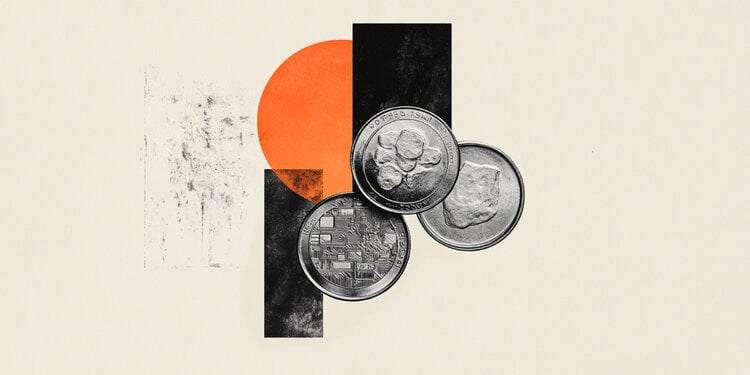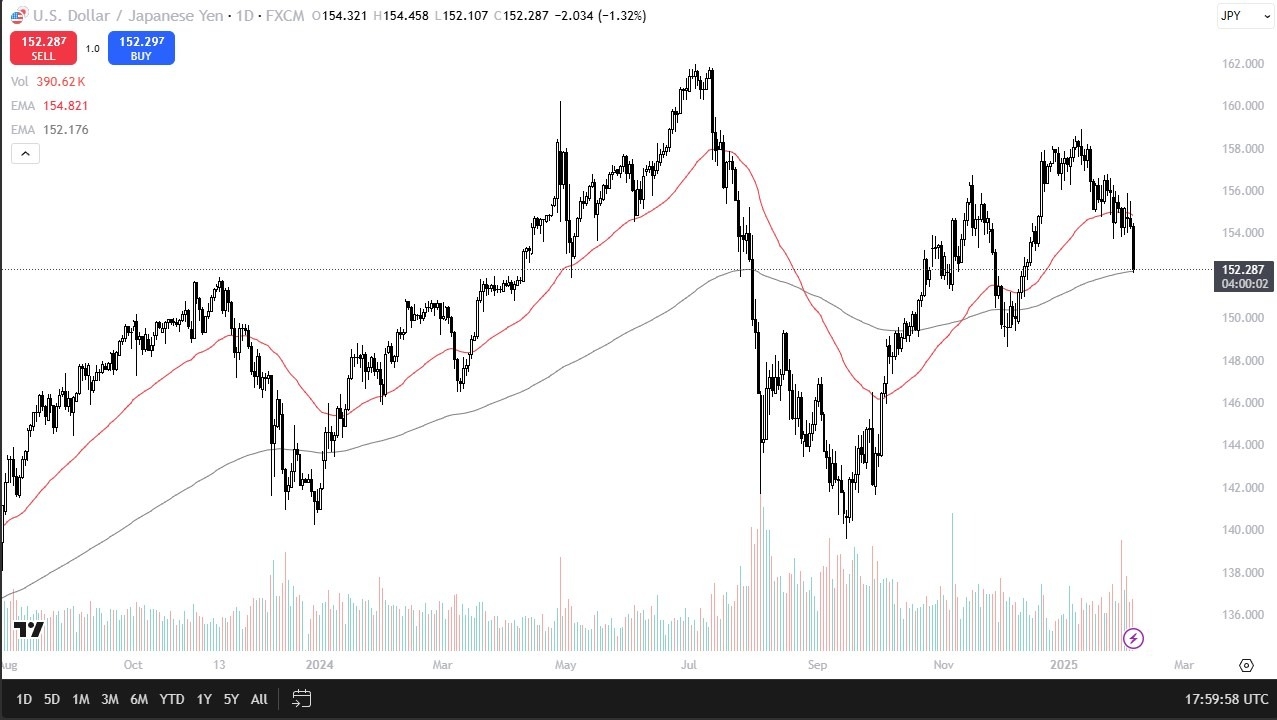Category: Forex News, News
Bulls turn hesitant ahead of US data
- EUR/USD trades in negative territory below 1.0400 on Thursday.
- The US Dollar rebounds following the bearish action seen in the first half of the week.
- The US economic calendar will feature employment-related data.
EUR/USD stays under bearish pressure on Thursday and trades below 1.0400, after closing the previous two days in positive territory. The pair’s technical outlook highlights buyers’ hesitancy as market attention shifts to macroeconomic data releases from the US.
Euro PRICE Today
The table below shows the percentage change of Euro (EUR) against listed major currencies today. Euro was the weakest against the Japanese Yen.
| USD | EUR | GBP | JPY | CAD | AUD | NZD | CHF | |
|---|---|---|---|---|---|---|---|---|
| USD | 0.41% | 0.57% | 0.00% | 0.33% | 0.41% | 0.57% | 0.42% | |
| EUR | -0.41% | 0.16% | -0.41% | -0.08% | 0.00% | 0.17% | -0.01% | |
| GBP | -0.57% | -0.16% | -0.61% | -0.24% | -0.15% | 0.01% | -0.15% | |
| JPY | 0.00% | 0.41% | 0.61% | 0.33% | 0.41% | 0.54% | 0.42% | |
| CAD | -0.33% | 0.08% | 0.24% | -0.33% | 0.09% | 0.24% | 0.10% | |
| AUD | -0.41% | -0.01% | 0.15% | -0.41% | -0.09% | 0.16% | -0.01% | |
| NZD | -0.57% | -0.17% | -0.01% | -0.54% | -0.24% | -0.16% | -0.15% | |
| CHF | -0.42% | 0.00% | 0.15% | -0.42% | -0.10% | 0.01% | 0.15% |
The heat map shows percentage changes of major currencies against each other. The base currency is picked from the left column, while the quote currency is picked from the top row. For example, if you pick the Euro from the left column and move along the horizontal line to the US Dollar, the percentage change displayed in the box will represent EUR (base)/USD (quote).
The improving risk mood made it difficult for the US Dollar (USD) to find demand on Wednesday and helped EUR/USD edge higher. In the meantime, the data from the US showed that the ISM Services PMI declined to 52.8 in January from 54 in December, not allowing the USD to stay resilient against its rivals.
In the second half of the day, weekly Initial Jobless Claims and fourth-quarter Unit Labor Costs data from the US will be watched closely by market participants.
Investors expect the number of first-time applications for unemployment benefits to rise to 213,000 in the week ending February 1. A reading at or below 200,000 could boost the USD and weigh on EUR/USD, while a print above 230,000 could have the opposite effect on the currency’s action.
On a quarterly basis, Unit Labor Costs are forecast to rise 3.8% in Q4, following the 0.8% increase recorded in the previous quarter. A softer-than-forecast print could limit the USD’s gains, even if the Initial Jobless Claims data seem supportive at the first glance. Nevertheless, market reaction to these data could remain short-lived, with investors refraining from taking large positions ahead of Friday’s Nonfarm Payrolls data.
EUR/USD Technical Analysis
The Relative Strength Index (RSI) indicator on the 4-hour chart retreated below 50, reflecting a loss of bullish momentum. The pair was last seen trading near the 1.0350-1.0360 area, where the 200-period Simple Moving Average (SMA) meets the Fibonacci 38.2% retracement of the latest downtrend. If EUR/USD drops below this area, technical sellers could take action. In this scenario, 1.0290-1.0300 (Fibonacci 23.6% retracement, round level) could be seen as next support before 1.0250 (static level).
On the upside, 1.0400 (Fibonacci 50% retracement) aligns as immediate resistance before 1.0440 (Fibonacci 61.8% retracement) and 1.0500 (static level, round level).
Euro FAQs
The Euro is the currency for the 19 European Union countries that belong to the Eurozone. It is the second most heavily traded currency in the world behind the US Dollar. In 2022, it accounted for 31% of all foreign exchange transactions, with an average daily turnover of over $2.2 trillion a day. EUR/USD is the most heavily traded currency pair in the world, accounting for an estimated 30% off all transactions, followed by EUR/JPY (4%), EUR/GBP (3%) and EUR/AUD (2%).
The European Central Bank (ECB) in Frankfurt, Germany, is the reserve bank for the Eurozone. The ECB sets interest rates and manages monetary policy. The ECB’s primary mandate is to maintain price stability, which means either controlling inflation or stimulating growth. Its primary tool is the raising or lowering of interest rates. Relatively high interest rates – or the expectation of higher rates – will usually benefit the Euro and vice versa. The ECB Governing Council makes monetary policy decisions at meetings held eight times a year. Decisions are made by heads of the Eurozone national banks and six permanent members, including the President of the ECB, Christine Lagarde.
Eurozone inflation data, measured by the Harmonized Index of Consumer Prices (HICP), is an important econometric for the Euro. If inflation rises more than expected, especially if above the ECB’s 2% target, it obliges the ECB to raise interest rates to bring it back under control. Relatively high interest rates compared to its counterparts will usually benefit the Euro, as it makes the region more attractive as a place for global investors to park their money.
Data releases gauge the health of the economy and can impact on the Euro. Indicators such as GDP, Manufacturing and Services PMIs, employment, and consumer sentiment surveys can all influence the direction of the single currency. A strong economy is good for the Euro. Not only does it attract more foreign investment but it may encourage the ECB to put up interest rates, which will directly strengthen the Euro. Otherwise, if economic data is weak, the Euro is likely to fall. Economic data for the four largest economies in the euro area (Germany, France, Italy and Spain) are especially significant, as they account for 75% of the Eurozone’s economy.
Another significant data release for the Euro is the Trade Balance. This indicator measures the difference between what a country earns from its exports and what it spends on imports over a given period. If a country produces highly sought after exports then its currency will gain in value purely from the extra demand created from foreign buyers seeking to purchase these goods. Therefore, a positive net Trade Balance strengthens a currency and vice versa for a negative balance.
Written by : Editorial team of BIPNs
Main team of content of bipns.com. Any type of content should be approved by us.
Share this article:








